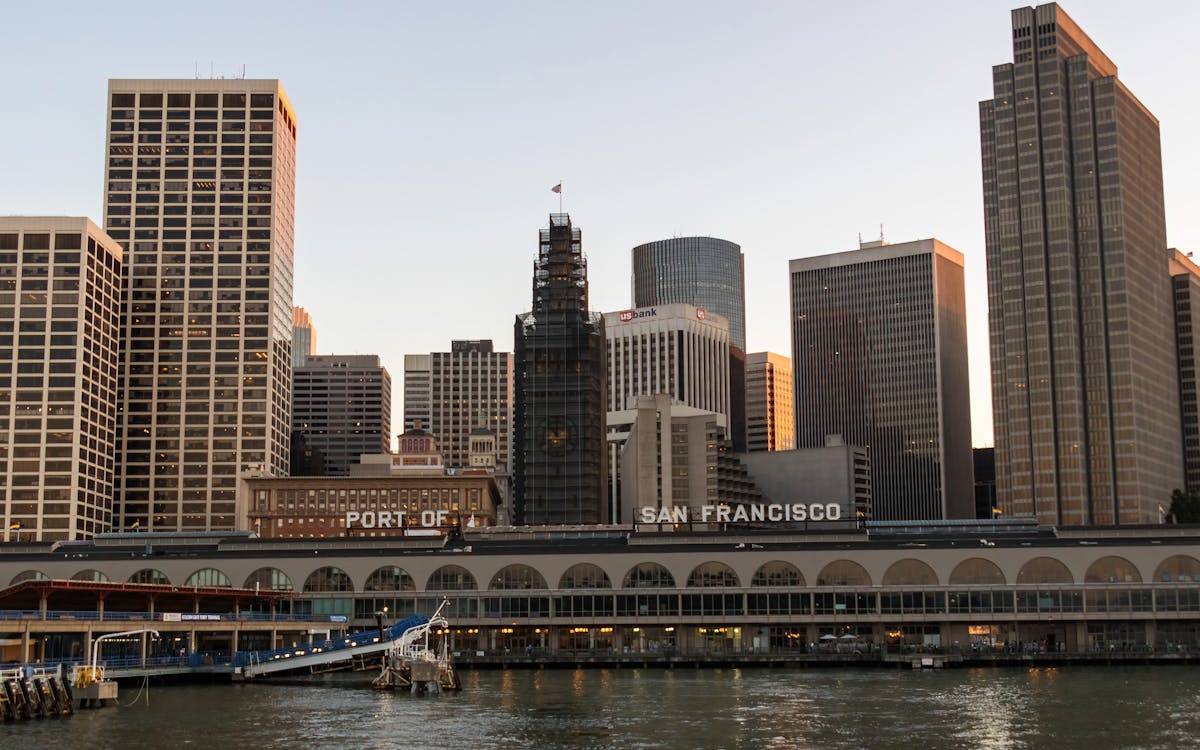Bay Area Revival: How Locals Are Restoring Nature
Bay Area Revival: How Locals Are Restoring Nature
Blog Article

Why Restoration Matters More Than Ever in the Bay Area
Over the last few years, the San Francisco Bay has weathered the impact of urban development, commercial advancement, and climate adjustment. When teeming with wildlife and lush wetlands, a number of the bay's natural ecological communities have actually been fragmented or weakened. Yet in the middle of these obstacles, something amazing is occurring: neighborhood homeowners, volunteers, and grassroots initiatives are leading a wave of ecological restoration that's bringing brand-new life back to the Bay.
Restoration isn't nearly growing trees or tidying up garbage, though those efforts are important. It's regarding rebuilding the foundations of life, from marsh turfs that support fish baby rooms to shoreline buffers that defend against flooding. And in this region, the power of area involvement is transforming the trend extremely genuinely.
From Marshland to Miracle: The Return of Native Habitats
One of one of the most noticeable changes occurring in the Bay Area is the re-emergence of native habitats. Marshes that were once drained or led over are being rehydrated and replanted. Yards and shrubs indigenous to the region are being grown by area groups, who often depend on neighborhood volunteers to aid grow plants and take care of regulated growing occasions.
These native plants do more than add greenery to the landscape. They use haven to migratory birds, pollinators, and tiny mammals, creating pockets of biodiversity amidst active city areas. As these environments increase, so does the eco-friendly health of the Bay itself. When local residents take time out of their weekends to get their hands in the soil, they're not simply growing-- they're participating in the restoration of a living, breathing community.
The Role of Education in Fostering Environmental Stewards
Education plays a vital component in why these community-led efforts are working so well. Schools, neighborhood facilities, and not-for-profit teams are arranging hands-on discovering experiences where participants of all ages can understand the scientific research and value of reconstruction. These programs usually bring individuals in person with concerns like erosion, pollution, and water level increase-- topics that can really feel abstract up until they're seen up close.
When someone sees the fragile balance of a tidewater or discovers how a solitary plant types can filter toxins from the water, the worth of that understanding comes to be personal. And with that understanding comes the inspiration to act. Restoring ecosystems comes to be less of a job and more of a goal. This deep connection to neighborhood spaces is what sets the Bay Area apart and fuels the lasting success of these efforts.
Harnessing the Digital World to Drive Real-World Change
Surprisingly, the push to heal the Bay's ecological communities isn't happening in isolation from the electronic world. Technology is ending up being an effective tool in rallying support, spreading out recognition, and connecting neighborhoods. Whether via citizen science apps that track indigenous varieties or neighborhood online forums arranging restoration occasions, the online area is enhancing boots-on-the-ground activity.
In recent years, even regional outreach methods have actually advanced. For example, a social media marketing agency in the Bay Area might support ecological projects by helping volunteers enhance their impact, inform their tales, and inspire others to get entailed. These electronic touchpoints have the power to transform a little weekend cleaning into a regional movement merely by allowing people recognize it's taking place-- and that it matters.
Email Campaigns That Inspire and Inform Local Change-Makers
Another electronic technique making a substantial distinction is email interaction. Updates about restoration occasions, seasonal planting initiatives, and contribution drives are commonly shared through carefully crafted e-newsletters that strike a balance in between being useful and motivating. It's not uncommon for a recommended reading well-timed project from an email marketing agency in San Francisco to bring a thrill of volunteers or contributions to a project in need.
These e-mail projects aren't simply transactional-- they're transformative. By educating customers concerning the straight impact their involvement has, they nurture lasting engagement. Visitors involve seem like stakeholders in the health of their region, and that emotional connection equates to lasting dedication.
The Unseen Work of Connecting Data, Communities, and Nature
Behind every effective reconstruction project exists a complex web of coordination. There's research to comprehend what habitats need most, community feedback to shape inclusive strategies, and follow-up surveillance to ensure success. This kind of ongoing initiative often requires not simply heart, yet information, method, and communication.
That's where the support of a digital marketing company in the Bay Area can make a peaceful but crucial distinction. By helping companies develop strong electronic platforms, collect insights, and improve their messaging, these teams allow community teams to scale their impact. The outcome is a much more linked and effective activity, where every action counts, and everyone feels like they're component of something bigger.
The Power of People in Preserving the Bay's Future
If there's one point the Bay Area has verified, it's that remediation does not need to start with large institutions or substantial budget plans. It can start with one next-door neighbor pulling weeds from a path, one pupil planting an indigenous seedling, or one family appearing to a coastline cleanup. These small activities build up, especially when they're supported by wise approaches and shown to the wider community.
There's something distinctively enthusiastic concerning seeing the tides turn-- both figuratively and actually-- in favor of nature. The Bay is much from totally recovered, yet it's being revived each day with the determination and treatment of those who call this location home. With each marsh rebuilt and each indigenous types secured, we're not simply recovering ecological communities-- we're imagining what's feasible when areas lead with objective.
Maintain following this blog site for more stories on local change, community effect, and the methods you can be part of protecting the all-natural appeal that borders us.
Report this page